Warwickshire Day is celebrated each 23rd April, the traditional birthday of Shakespeare. It also seems appropriate that the county at the centre of England celebrates its county day on St George’s Day. In celebration, with H. V. Morton as our guide, we go In Search Of Warwickshire….
Morton’s famous book In Search of England was first published in 1927. Morton grew up in Birmingham where his father was the editor of the Birmingham Mail. It was to Warwickshire that he returned in the final chapter describing his travels through the England of the mid 1920s. A hundred years on, is the Warwickshire, the England, he visited still alive?
Morton began by reminiscing about the Warwickshire of his childhood at the turn of the century.
“These Warwickshire lanes, deep and banked; these mighty trees; these small, arched bridges over small streams, how well I knew them when I was a boy. There were little villages in which men still spoke Elizabethan English. There was Bidford – ‘drunken Bidford’ – where an old woman, with a face like a withered apple under a mauve sun-bonnet, used to point out the crab-tree beneath whose shade Shakespeare, so the legend went, slept off a carouse at the Falcon Inn there. “
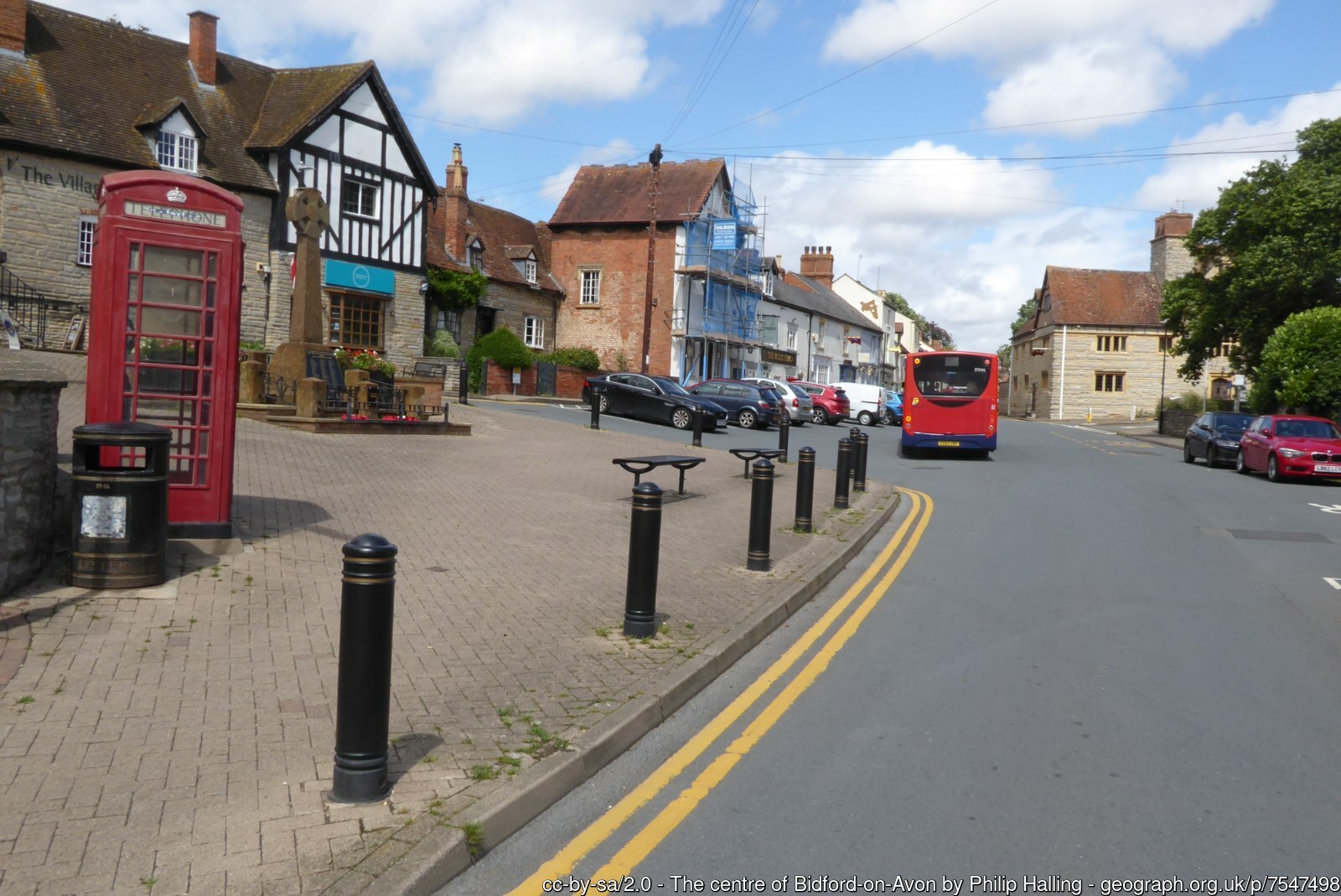
Morton’s first stop was at Stratford-on-Avon, a town he knew well in his youth. He had fond memories of the leading light of the Shakespeare Festival, actor-director Frank Benson:
“I remember him waving his arms at me in a storeroom hung with hams, which he used as an office and telling me that only through Stratford, the common meeting place of the English-speaking world, could we heal the pains of Industrialism and make England happy again. We were to make the whole world happy, apparently, by teaching it to morris-dance and sing folk-songs and to go to the Memorial Theatre.”
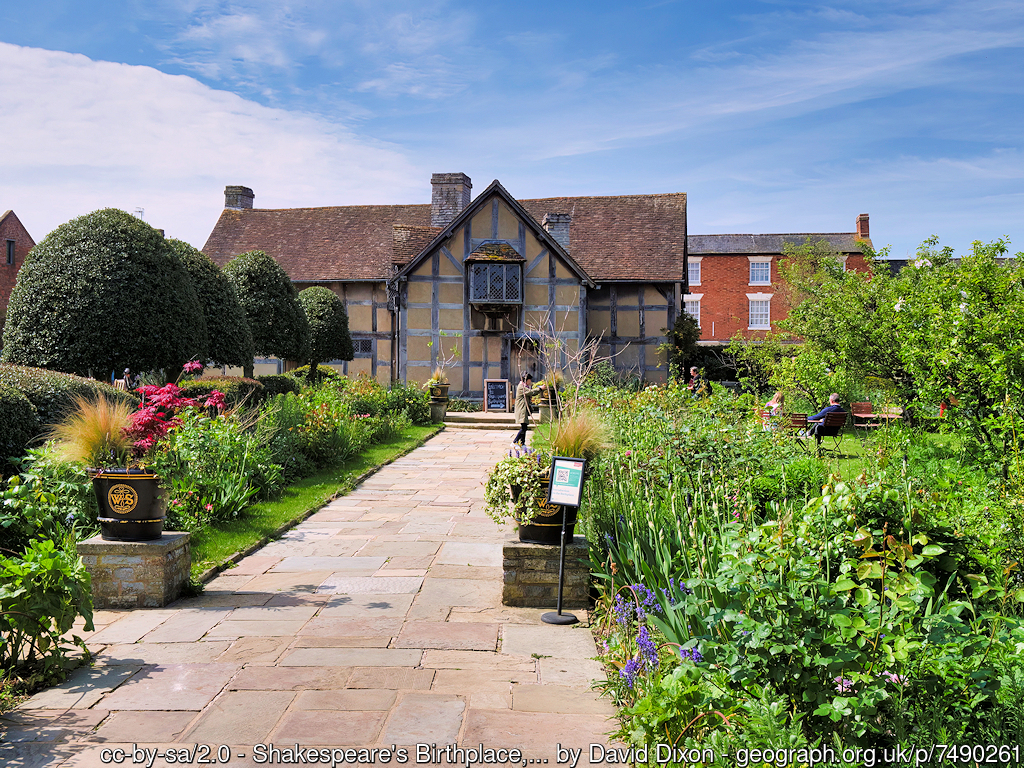
Returning to Stratford, Morton found it “suffering from a rash of trippers” and describing it as “the very core of the heart of the American’s England“. He did, however, find one spot which met his approval:
“Overlooking the garden of Shakespeare’s Birthplace, is, if association and surroundings means anything to a writer, the most perfect workroom in the world. From his desk in the window Mr Wellstood, the curator, overlooks the garden in which Shakespeare was hushed to sleep, blew bubbles, tried to catch the clouds, and suffered, no doubt, from those alarming facial convulsions common to all infants. Another inspiration is that from May till September every American girl in England passes in review before it.”
Morton then visited the ancient city of Coventry. In legend, St Ursula and the eleven thousand virgins of Cologne visited Coventry and left eleven thousand virtues to be shared by successive generations of their own sex in the city. Leading Morton to comment that:
“The interesting fact about Coventry is not cycles or cylinders, but women. Coventry has always been lucky with women, and should, therefore, be England’s happiest city.”
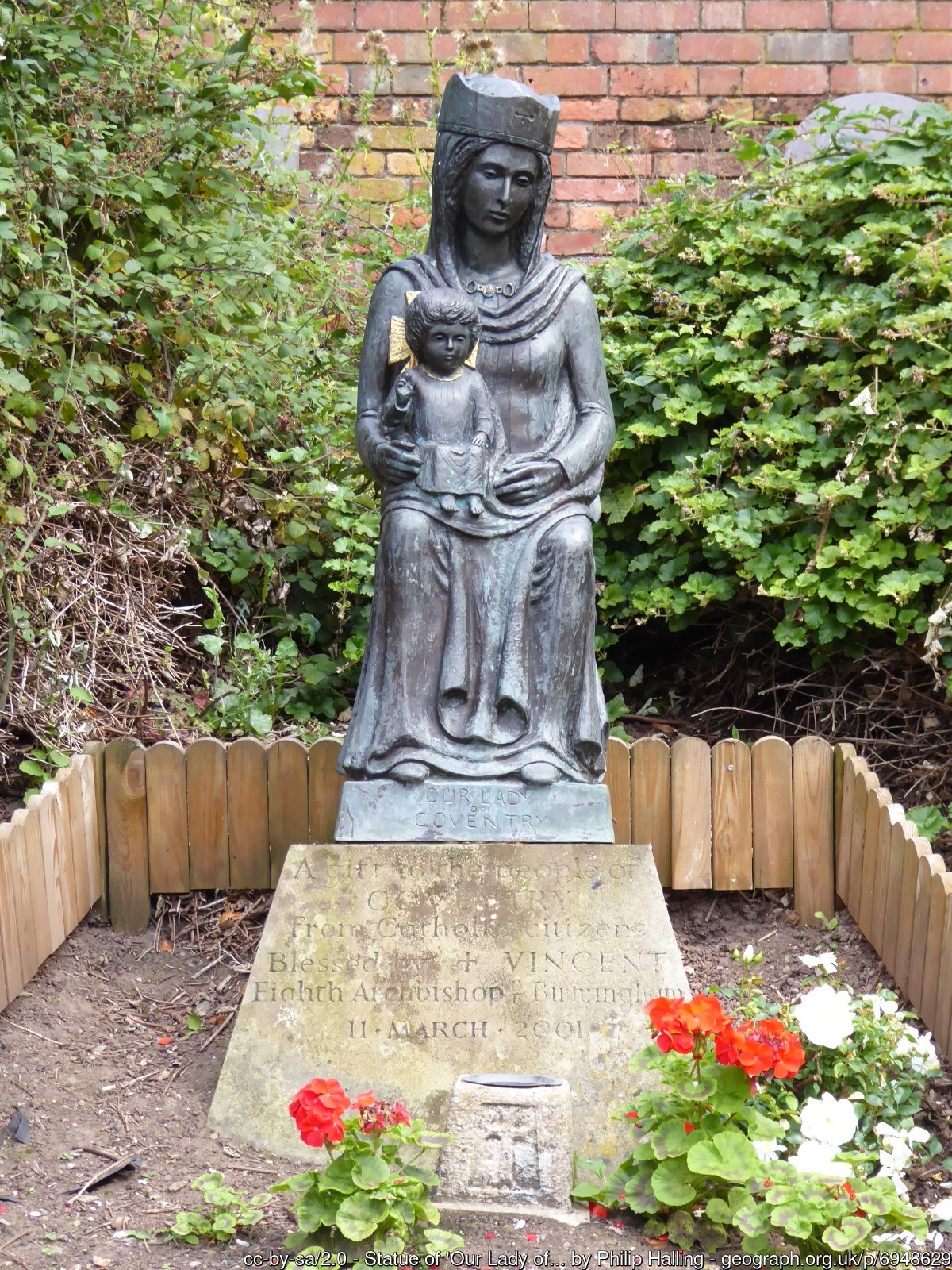
Morton was also referring, of course, to Lady Godiva and her legendary naked ride around the market place to gain a remission of the oppressive taxes that her husband, Leofric, imposed on his tenants. A guide at St Mary’s Hall tried to convince Morton that the story really related to an ancient legend about a corn spirit. Morton was having none of it:
“And I shall go believing that Godiva rode through the market place attended by two thanes, and that nobody paid any attention to her. After all, experience tells us that women have a genius for getting the better of their husbands, and when Godiva returned rejoicing to the fiery Leofric, I suppose she said ‘My dear, I said I’d do it, and did it, and – no one saw me. While I’m dressing you’d better go and take off those taxes as you promised, or I shall be very angry.‘
We must remember that Godiva’s inheritance from the eleven thousands virtues was obviously the art of managing a headstrong husband. A corn spirit? Nonsense! She was just an ordinary wife.”
Morton then moved on to the county town of Warwick, with its wealth of historic buildings and tangled old lanes. Warwick Castle was first built by William the Conqueror in 1068 and, from 1088, belonged to generations of the Earl of Warwick and served as a symbol of their power. Morton:
“You see it from the bridge, lying low on its cliff bowered among tress, shining in the Avon, the two machicolated towers to the right. Generally the bridge is crowded with trippers. Someone always says: ‘That’s one of the finest views in England’; which is true.”

Given a personal tour of the castle, Morton was especially struck by the Great Hall:
“How many Americans, I wonder, stand in this hall every year with their faith in England justified? It is California’s ideal of an English nobleman’s home. Its influence can, I think, be traced on the films.”
Later he visited St Mary’s church to see Warwickshire’s greatest treasure:
“It was growing dark when I entered the Beauchamp Chapel, which takes the breath way with its beauty. I can compare it only with Henry VII’s chapel in Westminster Abbey and King’s College Cambridge. The great Richard Beauchamp lay with his bare head in a tilting helm and his hands raised above his breast.”

Morton then visited Kenilworth Castle. The castle was founded during the Norman period with development through to the Tudor period. It has been described by the architectural historian Anthony Emery as “the finest surviving example of a semi-royal palace of the later middle ages“.
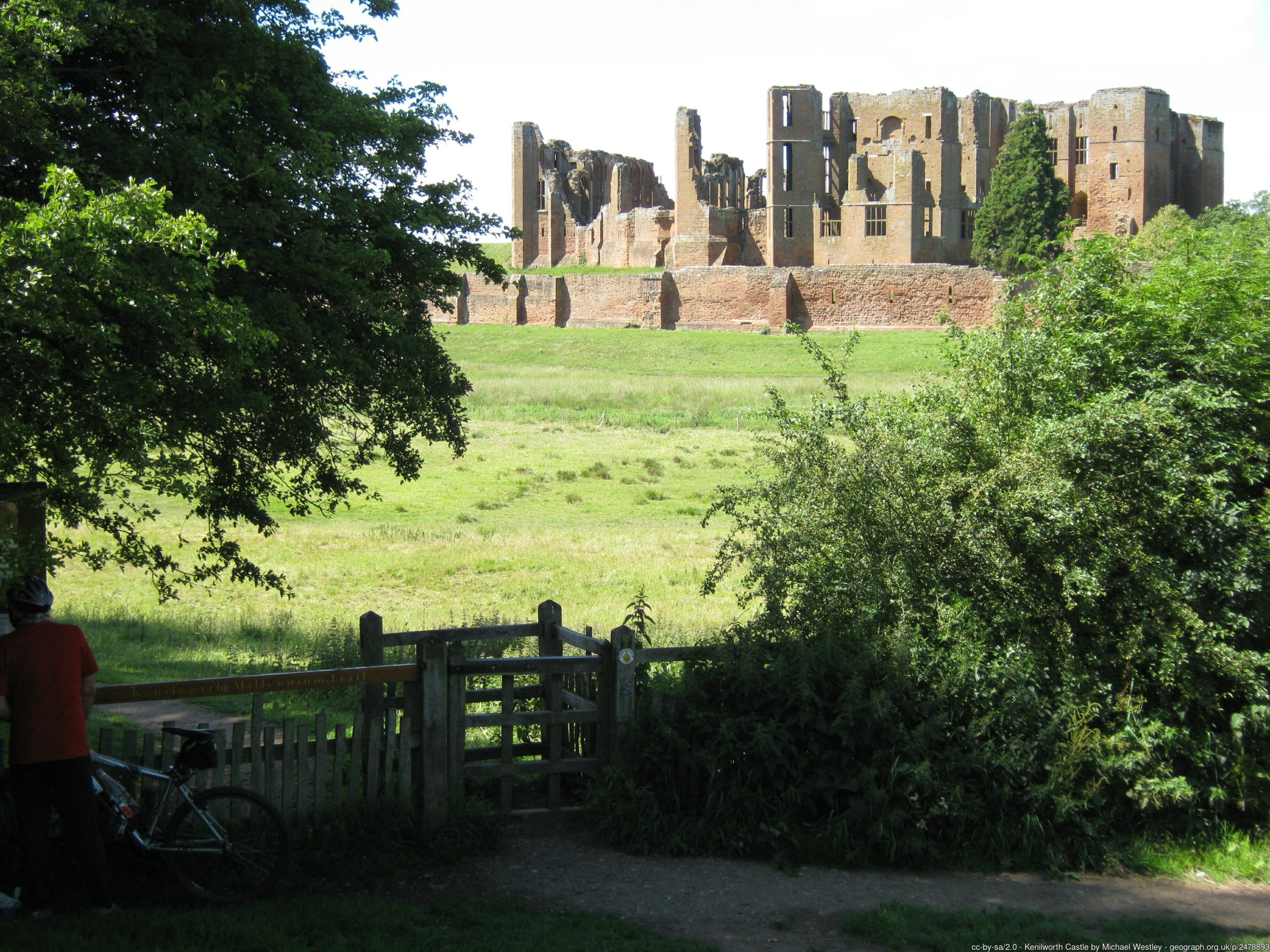
Morton had his own thoughts:
“This rambling, chocolate-red ruin fills me with a greater sense of desolation than any other ruin I have seen in England. Tudor England, in which it reached its prime, is, as time goes, only yesterday. The faces, the philosophy, the poetry, the deeds, even the love letters, of the people who moved through that age are still as fresh in our memories as the faces and thoughts of friends. While many a Saxon and a Norman building stands perfect in England with the mistakes of the builders’ axes still clean in the stone, this Kenilworth flings its tattered walls to the skies, and its once grand stairways end in thin air, and the green grass lies in great hummocks over the tilt yard.”
Morton ended his journey through England in a Warwickshire village, discussing the timelessness of village life with the vicar and attending harvest festival.
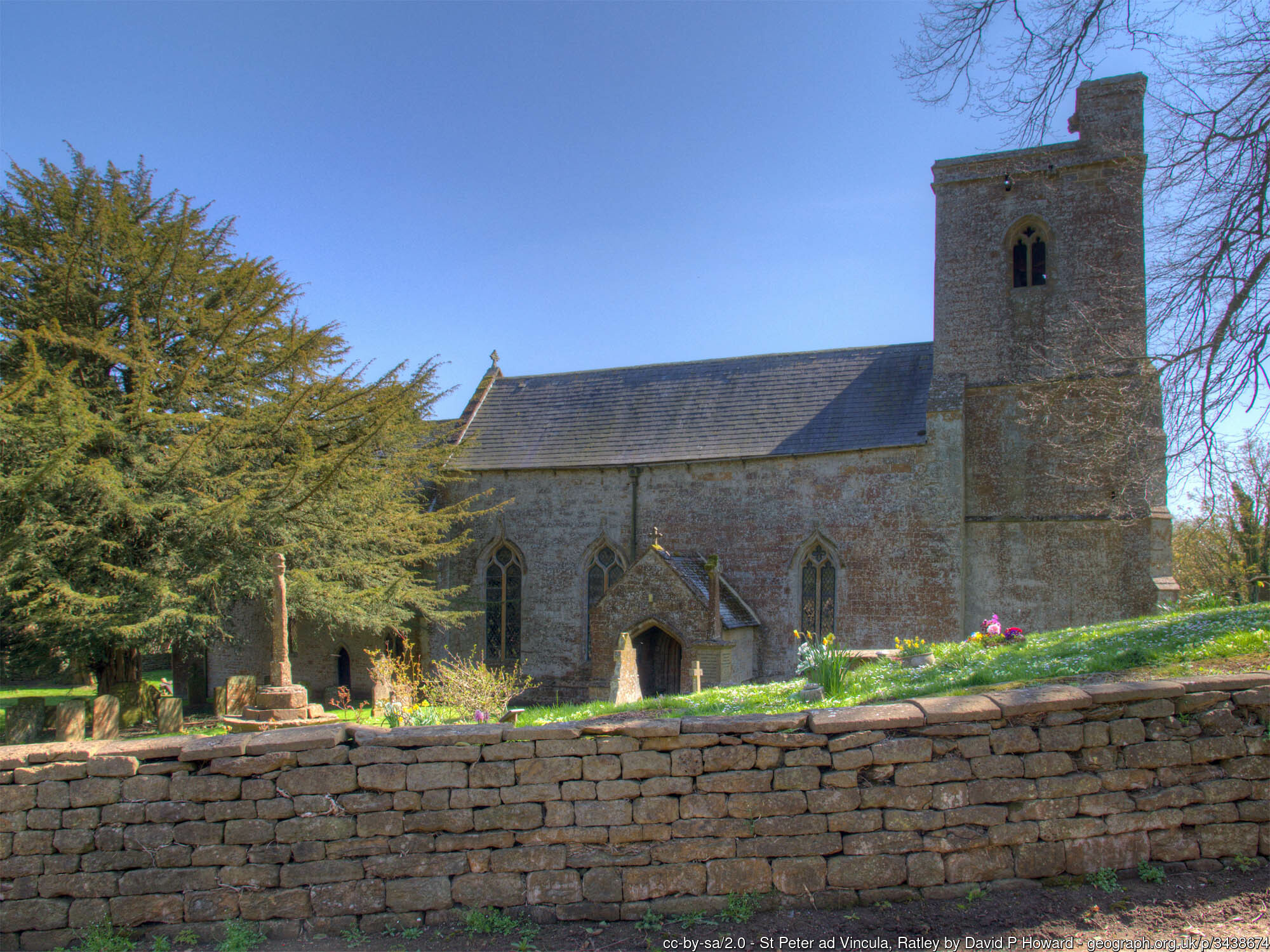
At the conclusion of the service, the end of his journey, he says:
“The church emptied. Beyond the porch was a picture of harvest set in a Norman frame. The rich earth had borne its children, and over fields was the same smile that a man sees on the face of a woman when she looks down to the child at her breast.
I went out into the churchyard where the green stones nodded together, and I took a handful of earth and felt it crumble and run through my fingers, thinking that as long as one English field lies against another there is something left in the world for a man to love.
‘Well,’ smiled the vicar, as he walked towards me between the yew trees, ‘that, I am afraid, is all we have.’
‘You have England,’ I said.”
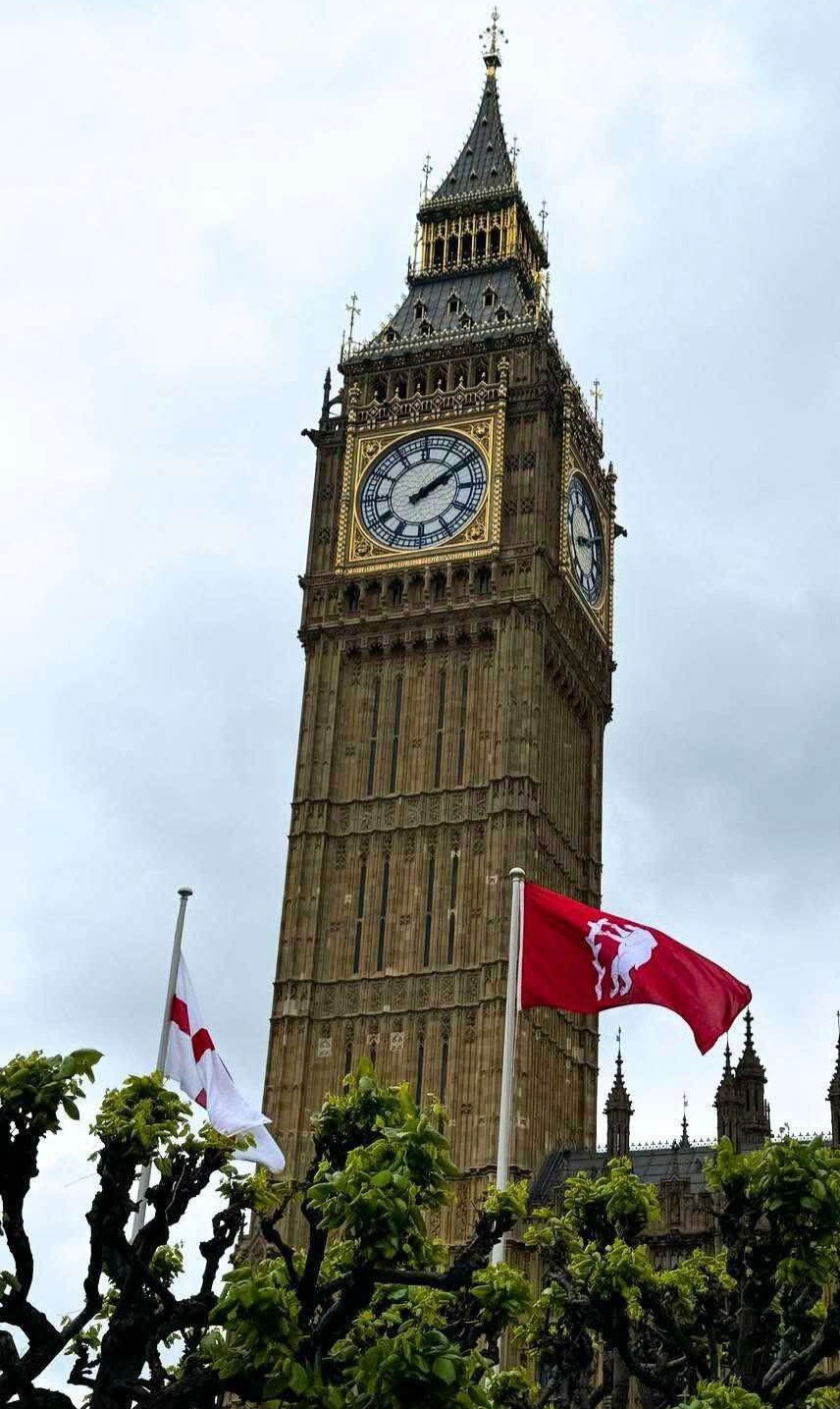
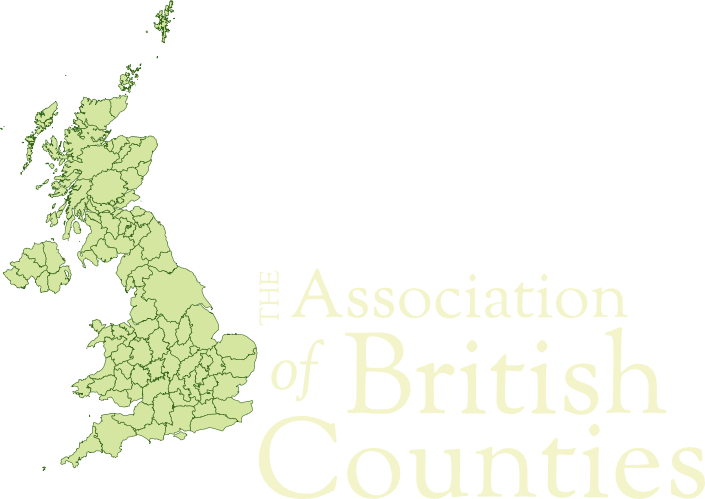
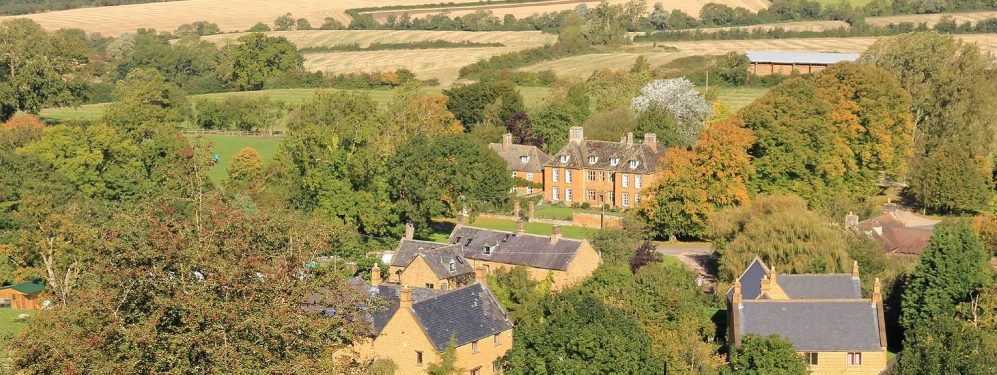
2 thoughts on “Warwickshire Day: In Search of Warwickshire”
Have a very happy Warwickshire Day and St George’s Day, folks! Atb.
A very interesting article. A pity that H V Morton later rubbished his own reputation in his better known account of his travels through the Holy Land, ‘In the Footsteps of the Master’, in which he described the infamous Amin al-Husseini as ‘a charming man’.